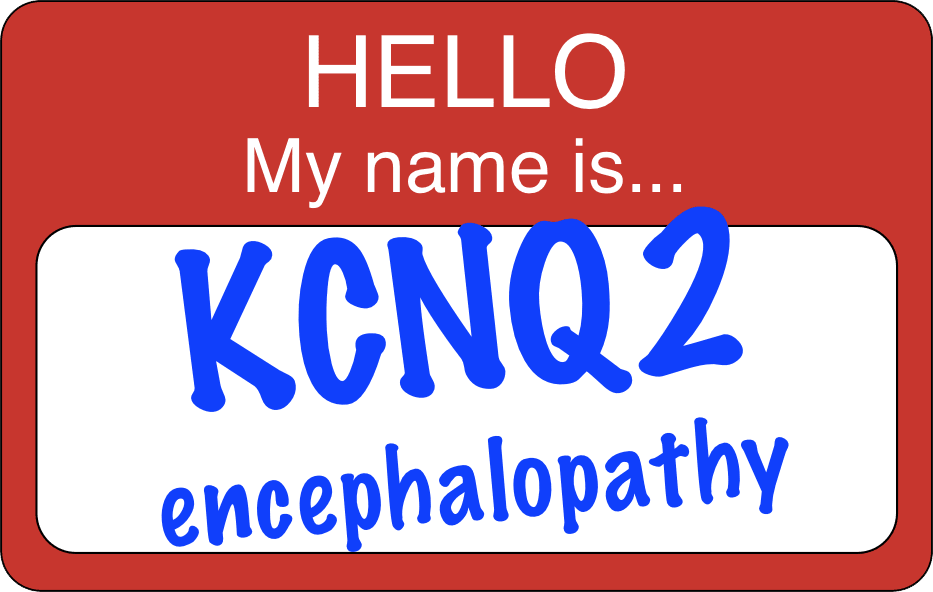 g “KCNQ2 encephalopathy” is merely getting that triple-letter-score Scrabble word right. In the early days when we first heard Jack’s diagnosis, I trained myself to remember K-C-N-Q-2 by converting it into a recognizable name, at least in part: “Casey NQ2.”
g “KCNQ2 encephalopathy” is merely getting that triple-letter-score Scrabble word right. In the early days when we first heard Jack’s diagnosis, I trained myself to remember K-C-N-Q-2 by converting it into a recognizable name, at least in part: “Casey NQ2.”Because that’s what a name should be, isn’t it? Something you can recognize. It’s a first step in getting to know that intriguing new person at a cocktail party. Like a password, a name gives you access. It opens up conversations. Of course, that’s what we really want from KCNQ2 encephalopathy. We want to get to know it better.
So a few months ago board members and friends of Jack’s Army were in a discussion with Dr. Ed Cooper (there’s a name you need to know), and we brought up the nomenclature problem. “Can’t we call it something more user-friendly?” we asked.
We were Jonesing for an eponym for KCNQ2 encephalopathy, like West or Dravet or Ohtahara—names of better-known syndromes of epilepsy. A name would help us in our networking and marketing strategies as Jack’s Army tries to spread the word. It’s not so easy or attractive to jam all those consonants on a t-shirt. More importantly, there’s something about eponymous disease names that seems to connect the condition back to its human foundation. KCNQ2 encephalopathy sounds like something that belongs in a lab or a petri dish.
What's in a (disorder's) name?
Dr. Cooper said that there is a “high threshold” for naming a disorder after a person these days and that the medical community is moving away from eponyms. “A description-based name is more useful,” he said. We groaned.
The “KCN” indicates that it is one of the potassium channel genes. The “Q2” specifies it as the second member of 5 related KCNQ genes. “KCNQ2” and all official gene names are established by the HUGO Genome Project.
So the gene name is carved in stone, but what about the disorder name? It turns out that process is much more fluid. Dr. Cooper said that sometimes researchers circulate a letter to collect signatures from the principle investigators who are bringing that disorder to light, or they can get together and publish something called a nomenclature paper.
Dr. Cooper agrees that “KCNQ2 encephalopathy” (as well as “KCNQ2-related epilepsy” and “KCNQ2 deficiency,” which are also in use) is unwieldy. He and his colleague Dr. Millichap are starting to favor a shortened version: “Q2 deficiency.” We agreed, begrudgingly, that it is something of an improvement.
But take note: when Dr. Charlotte Dravet first described the syndrome that now shares her name the year was 1978 and she called it “severe myoclonic epilepsy of infancy.” In 1989 the International League Against Epilepsy recommended the eponym.
We can only hope something similar happens for KCNQ2 encephalopathy. In the meantime, it might help to know a little bit about the meaning of the name we are, at least for the time being, stuck with.

